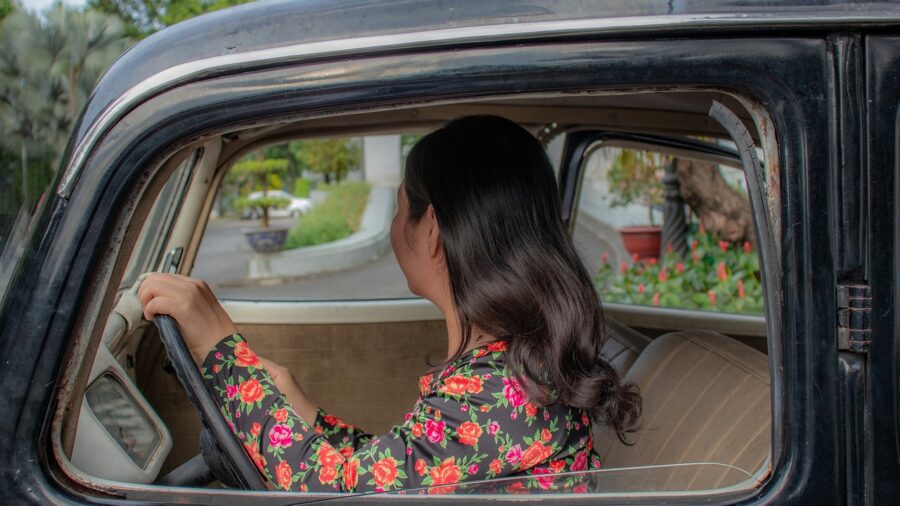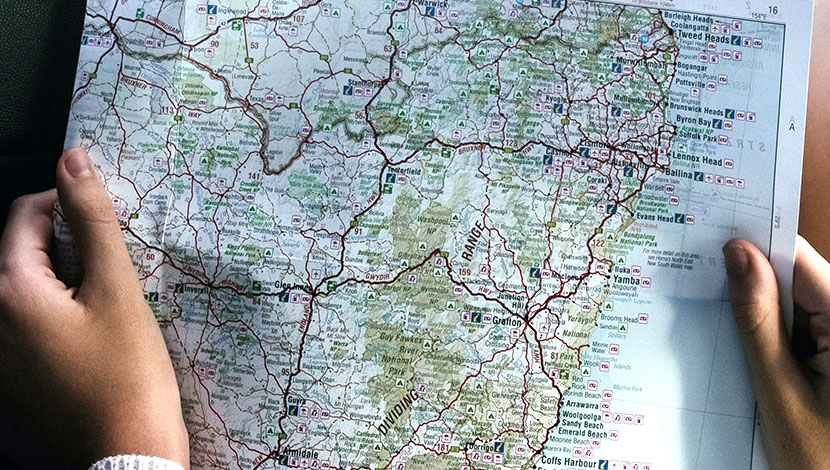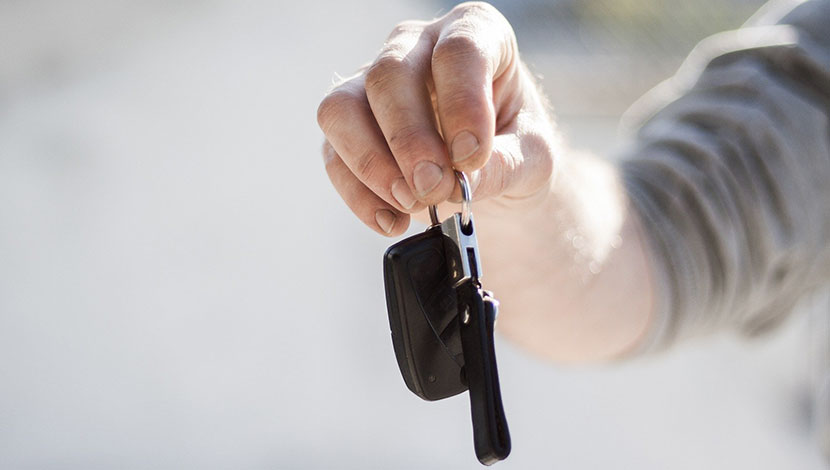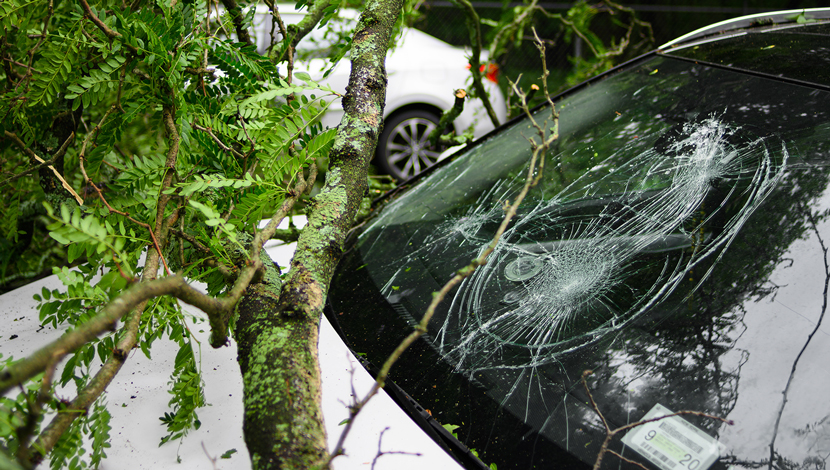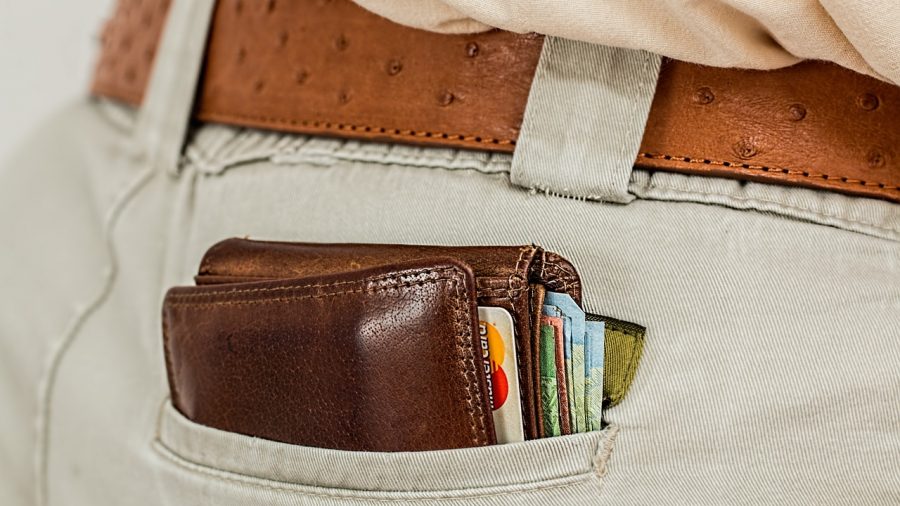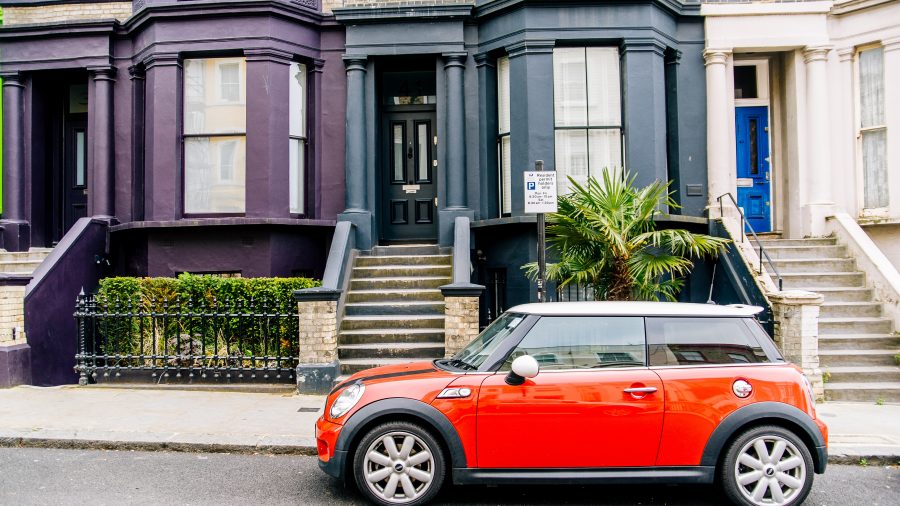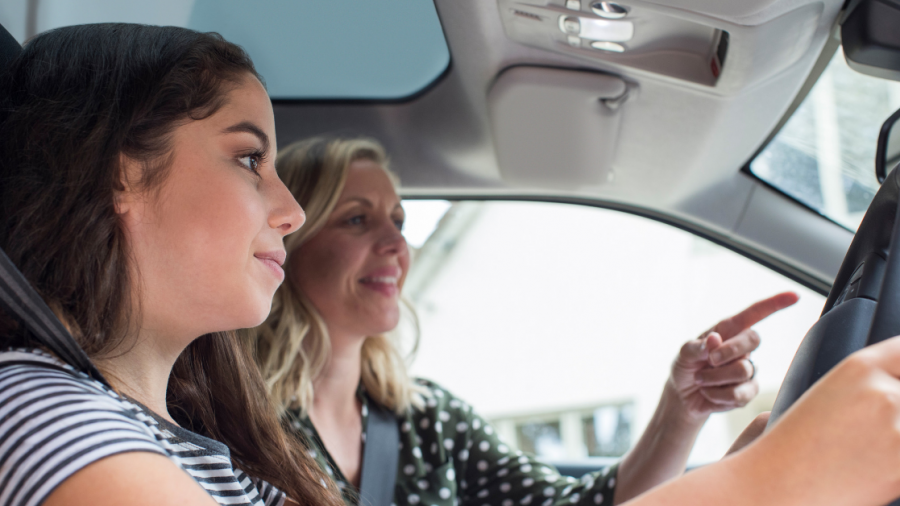When you buy a green slip, do you wonder where your money goes? Around two thirds of a green slip premium goes directly to people who make green slip claims. The rest goes to the insurers, the Fund Levy, GST and other expenses of the Compulsory Third Party green slip scheme. Read More



